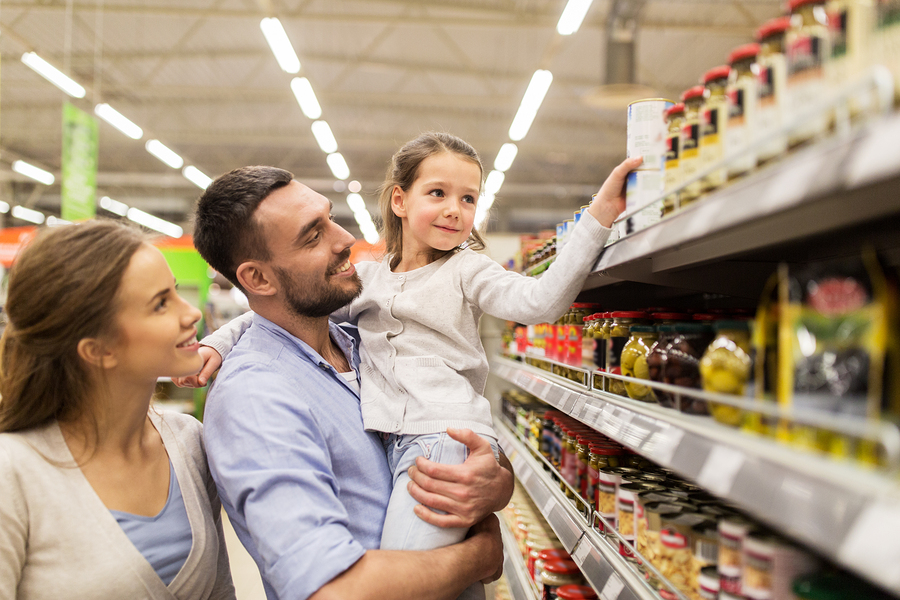
Local Foods: Fresh Retail Leverage and Differentiation
May 24th, 2017 Posted by Emergent food experiences, Food Trend, shopper behavior, Supermarket strategy 0 comments on “Local Foods: Fresh Retail Leverage and Differentiation”Thoughts on Food Retail Reinvention
Here in Chicago it’s that time of year again when Farmers’ Markets start popping up all over the city. When growing season kicks in, people gravitate to locally-grown and made foods in search of what they believe is better quality, freshness, flavor and a chance at chatting with the producer.
According to the “Firmly Rooted” local food movement study by A.T. Kearney, local product assortment at food retail is no longer a nice-to-have. It’s now a competitive advantage. Why? Because shoppers increasingly value it, will pay more for it, and it’s a driver not only of purchase but also store visits.
Kearney reports that local was a $12 billion business in 2014, with an annual growth forecast of 9 percent a year through 2018. If anything the local movement is accelerating as fresher becomes a significant factor in consumer preference.
The Kearney study revealed:
96 percent of respondents define local as produced within a 100-mile radius. While various classes of food retail may expand this to anywhere from 400 miles to statewide. Of note, consumers believe the circle is tighter.
93 percent associate local with fresher, a primary purchase driver.
78 percent are willing to pay a price premium for local of anywhere from 10 percent more to upwards of 21 percent (local eggs) in certain categories.
63 percent say they believe retailers are starting to offer wider assortments of locally-produced products, including prepared and packaged foods.
71 percent say by offering local products, retailers are doing more to support small businesses and help the local economy.
Barriers to Business Growth
What’s standing in the way of buying more locally-produced items? Shoppers say they don’t know where those products are in the store due to inconsistent signage and lack of cohesive display. Merchandising and marketing need to catch up.
63 percent say they will visit a retailer if notified about in-season, in-stock products. Doing so will require an investment in social and digital marketing to get the word out.
More importantly, this helps shed light on a cultural shift now influencing retail best practices. In the past, a food store existed primarily to drive transactions. Traditional metric analyses of sales and profit per square foot and average transaction/basket size would certainly attest to that. While these remain important assessments of performance, is it the only measure that should be applied?
As food retail evolves we can expect to see disintermediation of shippable commodities that will increasingly go online, while food and culinary experience becomes a bigger business and priority.
Reimagined food retail must work harder at creating an immersive food experience, bringing the farm and flavor adventure to the store. Yes, even some fresh products may migrate to e-commerce and delivery. However, we believe there is a significant segment of the market that prefers the tactile, visual, emotional and sensory-satisfying familiarity of hands-on food experiences.
Measurement and profit models will evolve with this change as stores further invest in perimeter businesses, commissaries and locally-sourced products.
Food is an emotional category. This sensory appeal can be harnessed to great effect by retailers who understand the era of selling boxes, cans and bags at velocity is narrowing in favor of real, fresh and prepared food options.
Those still trying to compete on price will increasingly face a “race-to-the-bottom” challenge with the arrival of low-price specialist Lidl, and the battle between Amazon and Walmart to leverage scale for difficult-to-match efficiencies.
You have to think differently about the retail business you’re in. If retail experience counts, then rethinking the actual presentation of these products in tactile, informative and experiential ways would follow. Where:
Food retailer = local culinary adventures
Electronics = hands-on demo depot
Fashion = the style guide
Toy = the playroom
Experience is the new battleground, and content is the marketing play to tell the powerful and valued stories of local sources, supply chain transparency, ingredient integrity, culinary inspiration and FRESH.
Go Local!!
Looking for more food for thought? Subscribe to our blog. Bob Wheatley is the CEO of Chicago-based Emergent, the healthy living agency. Emergent provides integrated brand strategy, communications and insight solutions to national food, beverage, home and lifestyle companies. Emergent’s unique and proprietary transformation and growth focus helps organizations navigate, engage and leverage consumers’ desire for higher quality, healthier product or service experiences that mirror their desire for higher quality lifestyles. For more information, contact [email protected] and follow on Twitter @BobWheatley.



